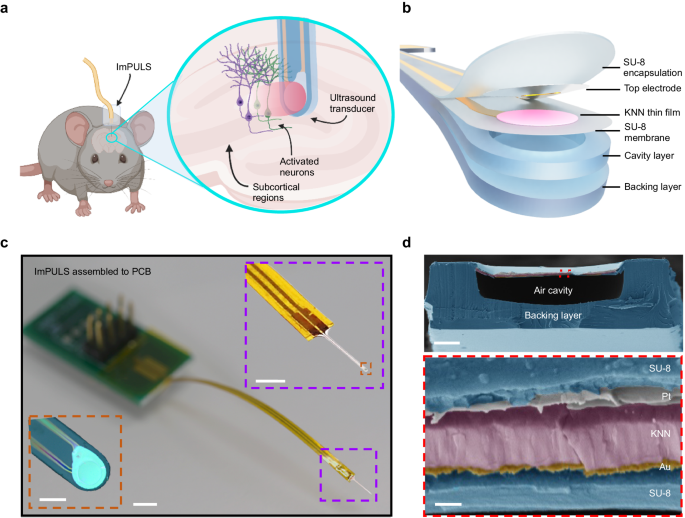2024-06-05 マサチューセッツ大学アマースト校
<関連情報>
- https://www.umass.edu/news/article/researchers-led-umass-amherst-solve-2000-year-old-mystery-shipworm
- https://www.sciencedirect.com/science/article/pii/S0964830524000878
木材を穿孔する軟体動物船虫の消化器官に微生物が共生していることを初めて報告 First report of microbial symbionts in the digestive system of shipworms; wood boring mollusks
Barry Goodell, James Chambers, Doyle V. Ward, Cecelia Murphy, Eileen Black, Lucca Bonjy Kikuti Mancilio, Gabriel Perez- Gonzalez, J. Reuben Shipway
International Biodeterioration & Biodegradation Available online: 5 June 2024
DOI:https://doi.org/10.1016/j.ibiod.2024.105816

Highlights
- Microbial culture, metagenomics, and FISH-probe confocal microscopy revealed for the first time, symbionts in the shipworm gut.
- Specifically, the typhlosole sub-organ of the shipworm cecum was found to contain bacterial clusters.
- Alteromonas was putatively identified as the bacterial cluster genera.
- This research helps to resolve how shipworms digest wood, and lignin in particular; a century-old mystery.
Abstract
Shipworms, historically known for their destruction of wooden ships and coastal structures, play a key role in carbon and nutrient cycling in aquatic ecosystems. Despite extensive research, the exact mechanisms underlying their ability to digest wood have remained elusive, particularly regarding the degradation of lignin, a major component of wood that resists breakdown. Here we employ a combination of microbial culture, metagenomics, and FISH-probe microscopy analyses to explore previously overlooked aspects of their digestive system. Specifically, we identify the presence of bacterial symbionts within the typhlosole, a specialized structure within the main wood digestive organ (cecum), challenging the long-held belief that shipworm foreguts are nearly sterile environments. The discovery of Alteromonas species in bacterial clusters within the typhlosole suggests a symbiotic relationship that may play a crucial role in the digestion of woody substrates, offering a potential explanation for the shipworm’s ability to degrade lignocellulose without ligninases from the host or gill symbionts. These findings provide insight into the digestive physiology and host defense of shipworms, but also suggests that the typhlosole in other related organisms might also harbor symbionts. This study also opens new insights into research into the ecological and biotechnological applications of shipworms and their gut symbionts, enhancing our understanding of lignocellulose degradation in marine environments.


